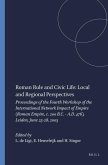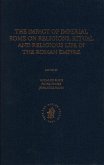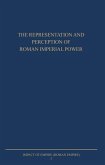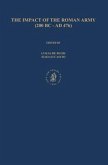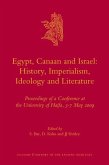In Roman Egypt, major changes and a slow process of transformation can be observed alongside unbroken traditions. The multi-ethnical population was situated between new patterns of rule and traditional lifeways. This tension between change and permanence was investigated during the conference.



